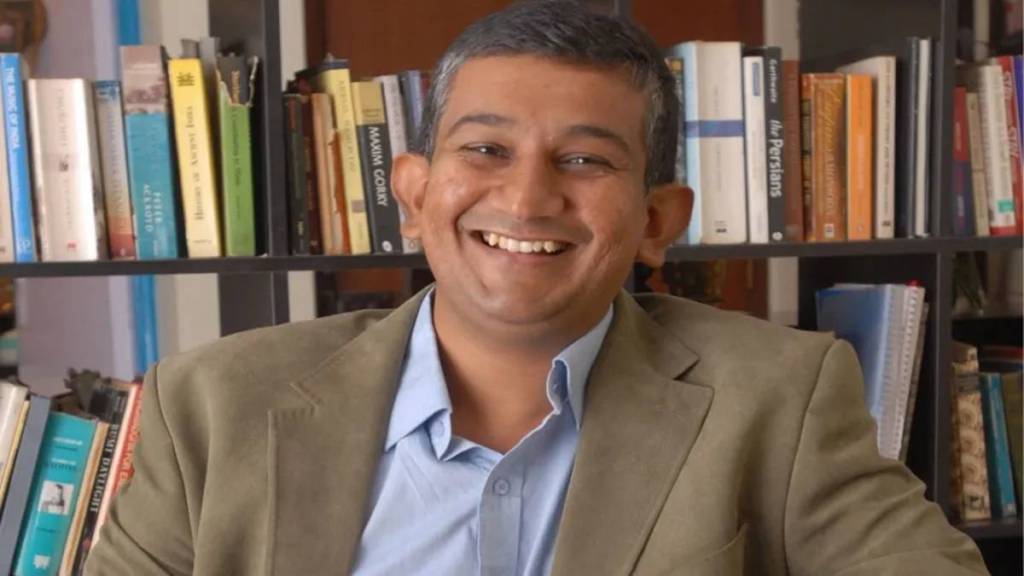Consumer demand within the domestic fast-moving consumer goods (FMCG) market is likely to improve in the next 12-18 months, Sudhir Sitapati, MD & CEO, Godrej Consumer (GCPL), said on Wednesday, as benign food inflation, fiscal and welfare measures by the government as well as likely pay commission increase may leave more money in the hands of people. GCPL also anticipates mid-to-high single-digit volume growth in FY26, with high-single-digit revenue growth and double-digit Ebitda growth for the period, driven by better market conditions and easing inflation.
The comments are significant since the FMCG market has been struggling with an urban slowdown for a year now. Rural demand, in contrast, has been resilient, driven by good monsoons and better harvests. Sitapati, an FMCG veteran, who was with Hindustan Unilever (HUL) earlier, sees rural demand continuing to outperform urban markets in the future.
“I am bullish about consumer demand over the next 12-18 months for a number of reasons. The El Nino effect has reversed with food price inflation coming down in January, February and March. I see some FMCG demand coming back as a result. Also, the income tax reduction and government’s welfare measures should begin to bear fruit now. There is also a pay commission review in the next 12 months. We have seen in the past that whenever there is a pay commission increase, FMCG does well,” he said during a post-results media roundtable.
Sitapati’s views incidentally echo what some of the top FMCG CEOs in India have said in the recent past, including names such as Rohit Jawa, CEO & MD of HUL and Suresh Narayanan, chairman and MD of Nestle India. Jawa had said that he saw a “good moment for the consumer packaged goods industry as macros were turning favourable.”
“Urban demand has been subdued in recent quarters, but macro tailwinds are building. Food inflation is coming down to low levels, interest rates are down, EMIs are falling, tax relief is there, and crude that impacts every household in a meaningful way is soft—these factors bode well for consumption,” Jawa said last month.The likely improvement in market conditions had prompted HUL to pursue a growth-first agenda, keeping focus on margins secondary. HUL will also drive volume growth in FY26 as price-led growth is likely to be benign owing to lower inflationary pressures.
Sitapati also hinted that his company may not take significant price hikes in soaps as the palm oil cost environment is better now versus earlier, as the price of the commodity has been falling over the last few weeks.
In the last few months, GCPL has increased soap prices by about 15-16% versus an inflation of 20% seen in palm oil, Sitapati said. “We limited our price hikes as opposed to shocking the market with higher prices,” he said. GCPL is the India’s second-largest soaps maker after HUL.
The company, Sitapati said, was shifting its attention to high-growth, under-penetrated categories, describing them as categories of the future or tomorrow. This, he said, included body wash, liquid detergents, deodorants, air fresheners, pet care, and sexual wellness.
In 2023, GCPL acquired the FMCG business of Raymond Consumer Care, adding brands like Park Avenue deodorants and KamaSutra sexual wellness products to its portfolio. In April 2024, the company launched its pet care brand, Godrej Ninja, leveraging the group’s marketing and manufacturing strengths.
GCPL had also launched Fab Liquid, a liquid detergent, priced at Rs 99 a pack (in December 2023), which achieved an annualised revenue run rate of Rs 250 crore within 12 months of launch, Sitapati said. The company would soon rollout more affordable products in its deodorant range, including a Rs 99 antiperspirant called Block and a reduced-price KamaSutra deodorant in the coming months.
The company is also expanding its presence in household insecticides with patented molecules (RMF) in electric and incense formats, aimed at disrupting the illegal incense stick market and drive product and consumer awareness.


